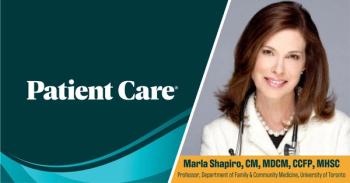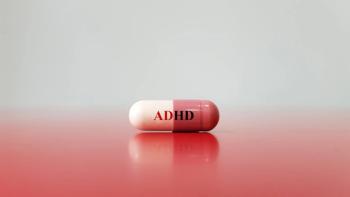
May the Sun Shine Half Day Long: Balancing the Risks and Benefits of Sun Exposure
Given the risk of skin cancer and the benefit of vitamin D production, what should I tell my patients about sun exposure?
Given the risk of skin cancer and the benefit of vitamin D production, what should I tell my patients about sun exposure?
An Irish proverb says, “May the sun shine all day long and everything go right and nothing wrong.”
There is another side to the coin of the sun’s effects, however. About 90% of vitamin D stores are formed in the skin as a direct result of sunlight.3 Vitamin D deficiency that stems from reduced sun exposure increases the risk of diverse pathological outcomes.4 For example, the incidence of colorectal, breast, and pancreatic cancer is inversely associated with vitamin D levels. In darker-skinned persons, lower vitamin D levels are associated with a higher risk of cancer.
Recent data implicate another critical organ system that suffers adverse effects when sun exposure and contingent vitamin D levels are decreased: the cardiovascular system.
LINK BETWEEN VITAMIN D DEFICIENCY AND HEART DISEASE
A case-control study conducted in 18,225 men aged 40 to 75 years looked at those participants without cardiovascular disease at the outset.5 During 10 years of follow-up, nonfatal and fatal coronary artery disease developed in 454 of these men. A control group (n = 900, or a 2:1 ratio) was matched for age, date of initial blood collections, and smoking history.
Men who were deficient in vitamin D (defined as a level less than or equal to 15 ng/mL) were at increased risk for myocardial infarction (2.42 times greater risk) compared with men who were not deficient in the vitamin (a level higher than or equal to 30 ng/mL). This relationship between vitamin D deficiency and heart disease remained significant even after adjustment for family history, body mass index, diabetes, high blood pressure, and other cardiac risk factors. In fact, men with intermediate vitamin D levels had an elevated risk of cardiovascular disease compared with men who had high levels.
The authors also observed that most people who have levels of about 35 ng/mL-so-called healthy levels-acquire vitamin D naturally through sun exposure rather than through oral supplementation.
OPTIMAL DOSE OF VITAMIN D STILL UNCLEAR
It appears that our Irish proverb may need an adjustment. Too much sun (“all day long”) and too little sun are each associated with their own set of serious problems. The amount of sunlight required for vitamin D synthesis is limited, in the words of 2 commentary authors, to “a brief walk in the sun.”6
There is one exception to this observation. Sunlight is less effective in generating vitamin D in dark-skinned persons. Moreover, 400 IU of vitamin D per day orally is not enough to reach the levels necessary to prevent either cancer or heart disease. Further study will better define optimum dosing in these persons.
References:
REFERENCES:
1.
Robinson JK, Kim J, Rosenbaum S, Ortiz S. Indoor tanning knowledge, attitudes, and behavior among young adults from 1988-2007.
Arch Dermatol.
2008;144:484-488.
2.
Rutecki GW.
The dark side of sunlight: let the “bather” beware.
Consultant.
2008;48:608.
3.
Reichrath J. The challenge resulting from positive and negative effects of sunlight: how much solar UV exposure is appropriate to balance between risks of vitamin D deficiency and skin cancer?
Prog Biophys Mol Biol.
2006;92:9-16.
4.
Giovannucci E. Vitamin D and cancer incidence in the Harvard cohorts.
Ann Epidemiol.
2009;19:84-88.
5.
Giovannucci E, Liu Y, Hollis BW, Rimm EB. 25-Hydroxyvitamin D and risk of myocardial infarction in men: a prospective study.
Arch Intern Med.
2008;168: 1174-1180.
6.
Schwartz GG, Blot WJ. Vitamin D status and cancer incidence and mortality: something new under the sun.
J Natl Cancer Inst.
2006;98:428-430.
Newsletter
Enhance your clinical practice with the Patient Care newsletter, offering the latest evidence-based guidelines, diagnostic insights, and treatment strategies for primary care physicians.

































































































































































































































































































